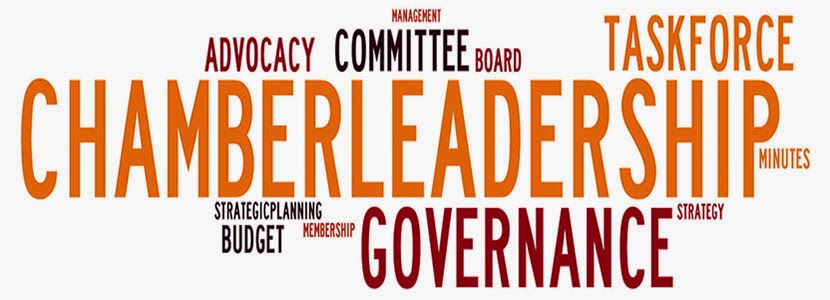Becoming a strategic leader is a journey, not a destination and it doesn't happen over night.
It takes time, effort, and commitment to develop the skills and mindset necessary to be successful.
The following tips are a starting point in making you a strategic leader:
- Develop your strategic thinking skills. This involves being able to think long-term, see the big picture, and identify trends. You can develop your strategic thinking skills by reading books and articles on strategic leadership, taking courses, and practicing.
- Become a visionary leader. This means having a clear vision for the future of your organization and being able to articulate that vision to others. You can become a visionary leader by thinking about what your organization could be in the future, and then working to make that vision a reality.
- Be a risk-taker. Strategic leaders are not afraid to take risks. They are willing to experiment and try new things. You can become a risk-taker by being open to new ideas, and by being willing to fail.
- Be a good communicator. Strategic leaders are able to communicate their vision to others in a clear and concise way. They are also able to listen to feedback and be open to change. You can become a better communicator by practicing your public speaking skills, and by being mindful of your body language and tone of voice.
- Be a good collaborator. Strategic leaders are able to build relationships and work with others to achieve common goals. You can become a better collaborator by being open to feedback, and by being willing to share your ideas with others.
- Be a lifelong learner. The world is constantly changing, and so must strategic leaders. They are always learning new things and adapting to change. You can become a lifelong learner by reading books and articles, attending conferences, and taking online courses.
Here are some additional tips on how to become a strategic leader:
- Set clear goals and objectives. What do you want to achieve as a strategic leader? Once you know what you want to achieve, you can start to develop a plan to get there.
- Be proactive. Don't wait for things to happen. Take the initiative and make things happen.
- Be persistent. Don't give up easily. Keep working towards your goals, even when things get tough.
- Be positive. A positive attitude is contagious. When you're positive, it will motivate others to be positive as well.
- Be humble. Don't be afraid to admit when you're wrong. Be willing to learn from your mistakes.


